Tulip Poplar Tree – 1 Gallon Pot
$39.97 Original price was: $39.97.$27.98Current price is: $27.98.
SKU: D2LSC 1572406788 Category: FRAGRANT PLANTS
- Buy quality, buy with us.
- Your Security is Our Promise
- Sustainable materials, for a better tomorrow.
- SSL encryption, absolutely safe shopping

Tulip Poplar
Liriodendron tulipifera
Other Names: Yellow Poplar, Tulip Tree, Tuliptree,
Plant Details
USDA Plant Hardiness Zones: 4a-9b Find Your Zone
Height at Maturity: 90-120′
Width at Maturity: 30-60′
Shape: Upright, Pyramidal
Growth Rate: Very Fast, 3 to 5 feet per year
Flower Color: Chartreuse, Yellow and Orange
Bloom Time: Late Spring
Fragrant Flowers?: Yes
Leaf Size: Large, 6-8″ across
Foliage Color in Spring: Green
Foliage Color in Summer: Green
Foliage Color in Fall: Bright Yellow and Gold shades
Fruit: Fall, loved by birds
Light Needs: Full Sun to Partial Shade
Water Needs: Average, tolerates periodic dry soil when established
Soil Type: Clay, Loam, Sandy, Silt
Drainage: Moist But Well-Drained, drought tolerant when established
Soil pH: 4.5 – 7.5
Maintenance: Low
Attracts: Butterflies, Hummingbirds, Songbirds, Bees and other Beneficial Pollinators,
Resistances: Deer (when established), Cold (-30F), Heat, Rabbits
Description
Named for its yellow heartwood and attractive flowers, the Tulip Poplar is one of the fastest and tallest growing of North American native trees reaching 90 to 120 feet tall and 30 to 60 feet wide at maturity with a pyramidal form. In late spring, abundant cup-shaped flowers resembling tulips appear. The fragrant flowers have 6 chartreuse to yellow petals in 2 rows with a reddish orange band at the base and an orange center on the inside. The lush foliage consists of large, 4-lobed, bright green leaves that measure up to 8 inches across and 6 inches long. With the arrival of cooler temperatures in fall the leaves turn to bright yellow and golden shades. The bark is smooth on young trees but with age develops deep furrows. Very easy to grow and low-maintenance, if you’re looking to have a large tree fast, the Tulip Poplar is a fine selection that can live 400 years or more in age.
Wildlife Value
This tree supports pollinators and is a larval host plant. The Eastern Tiger Swallowtail butterfly has three flights from February-November in the deep south and March-September in the north. The Spicebush Swallowtail butterfly has two broods from April-October, and Viceroy butterfly has two to three broods from May-September and all year in Florida. Hummingbirds, butterflies, bees, and birds like cedar waxwings feed on the nectar from flowers. White-tailed deer, gray squirrels, and some songbirds eat the flowers in the spring. Seeds are primary food for deer and squirrels.
Landscape & Garden Uses
Growing 90 to 120 feet tall and 30 to 60 wide, the Tulip Poplar is ideal for use as specimen shade tree or in larger landscape or woodland borders. Keep in mind to leave ample room for for this large tree to grow. It can be planted near homes and other buildings however we suggest spacing it at a distance of at least 30 from the structure. A fine addition to bird and wildlife gardens and native plant gardens.
Growing Preferences
The Tulip Poplar is exceptionally easy to grow in a wide range of moist to well-drained soils of average fertility. Established tree tolerate periodic drought and dry soil. Can be grown in full to to part shade. Pruning is not necessary however lower branches can be removed to a desired height to expose more trunk and the attractive bark.
Helpful Articles
Plant as you would a Maple tree…
How To Plant A Maple Tree
How To Fertilize, Water And Prune A Maple Tree
Plant Long & Prosper!
Meet The Wilson Brothers & Staff
Questions? Contact Us!
Be the first to review “Tulip Poplar Tree – 1 Gallon Pot” Cancel reply
Related products
Sale!
FRAGRANT PLANTS
Sale!
FRAGRANT PLANTS
Sale!
FRAGRANT PLANTS
Sale!
FRAGRANT PLANTS
Diane Red Witch Hazel (Hamamelis X Intermedia) – 7 Gallon Pot
Sale!
Sale!
FRAGRANT PLANTS
Sale!
FRAGRANT PLANTS
Sale!

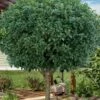



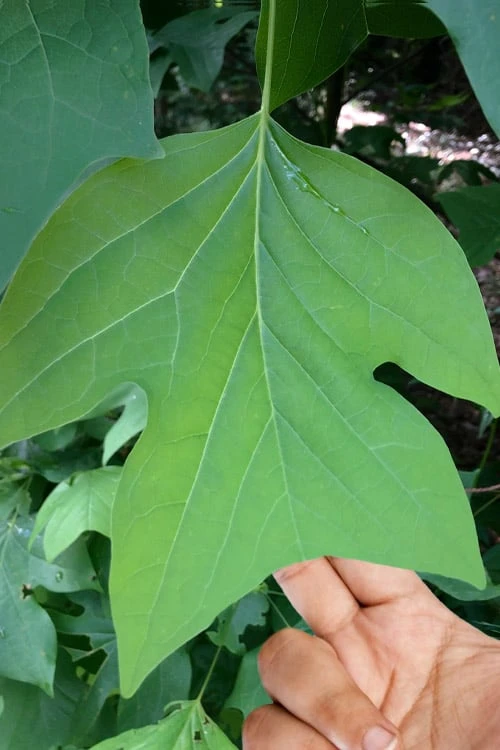
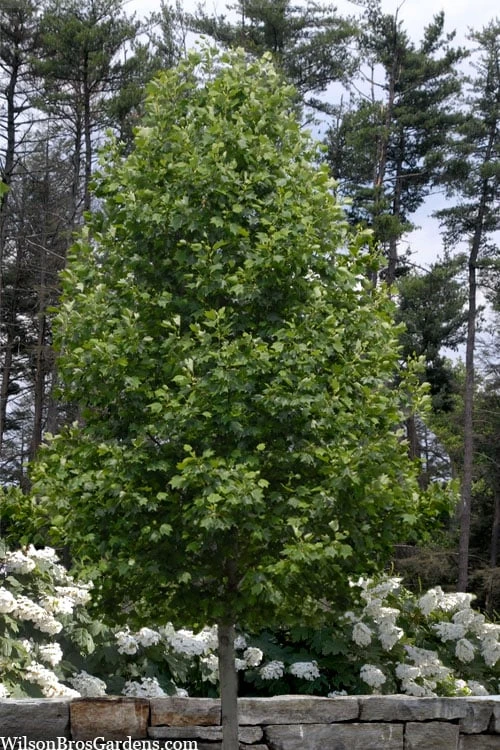
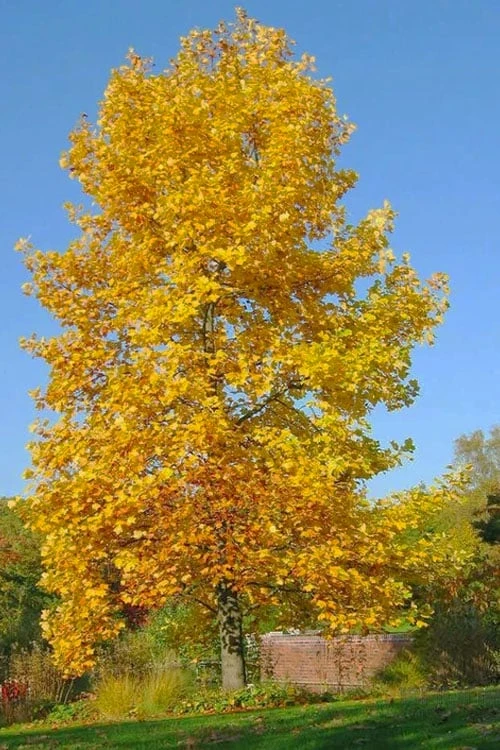
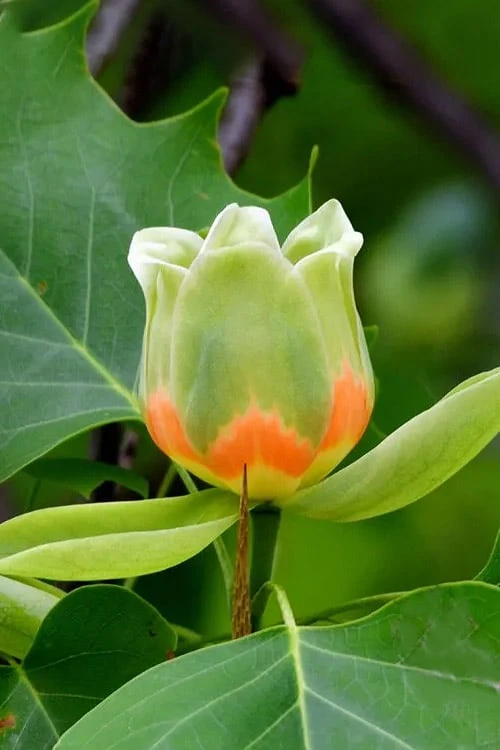
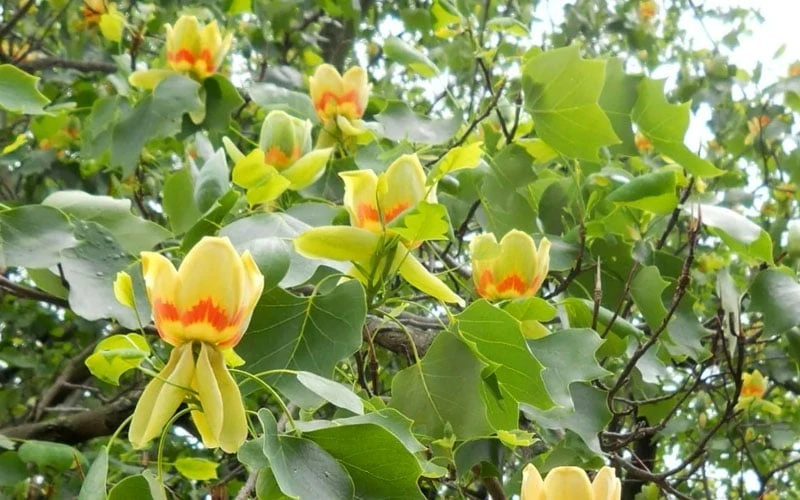
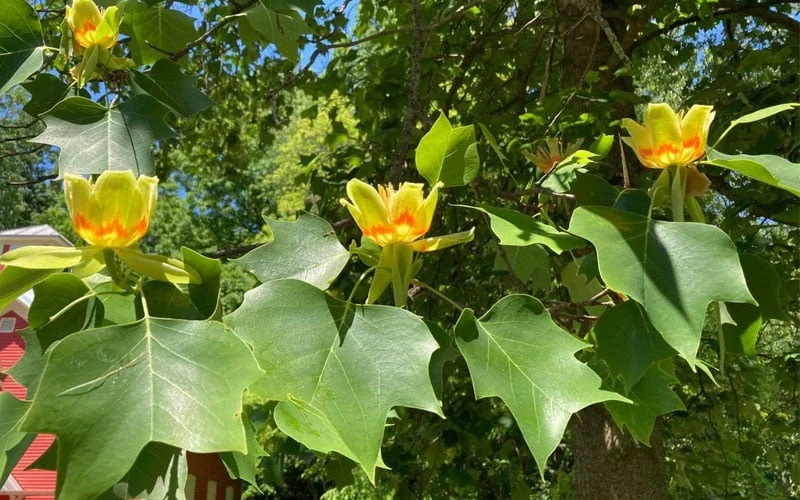
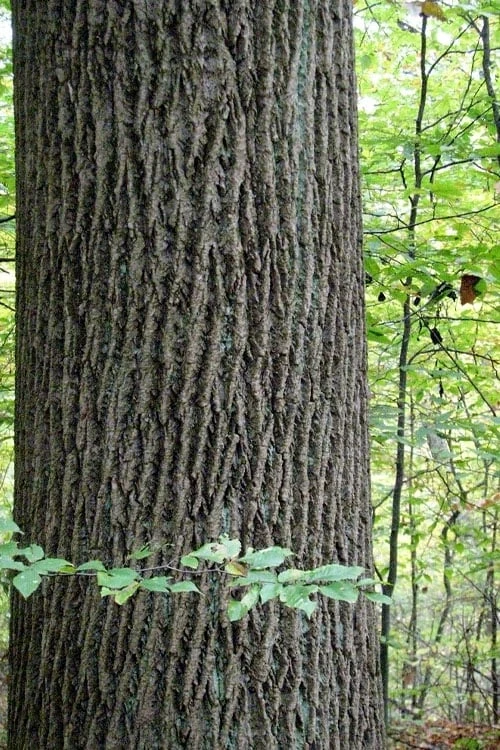

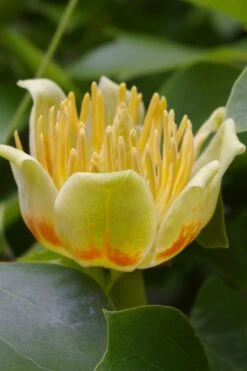


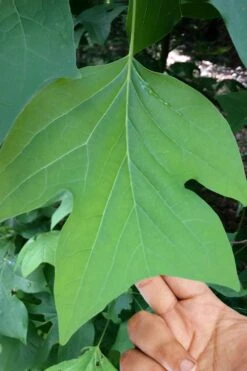


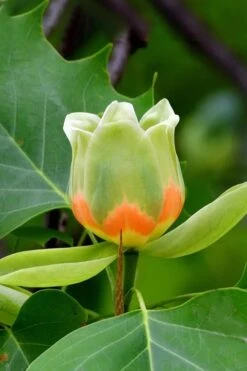
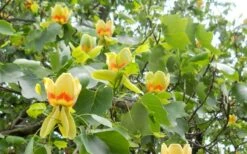

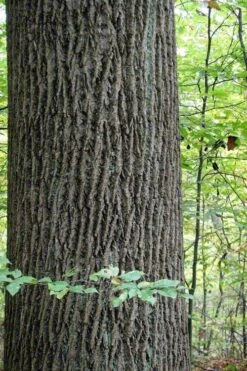
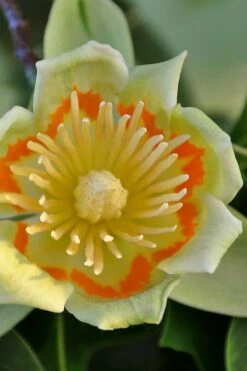
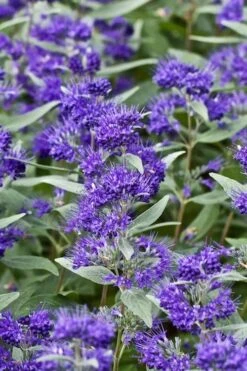















Reviews
There are no reviews yet.